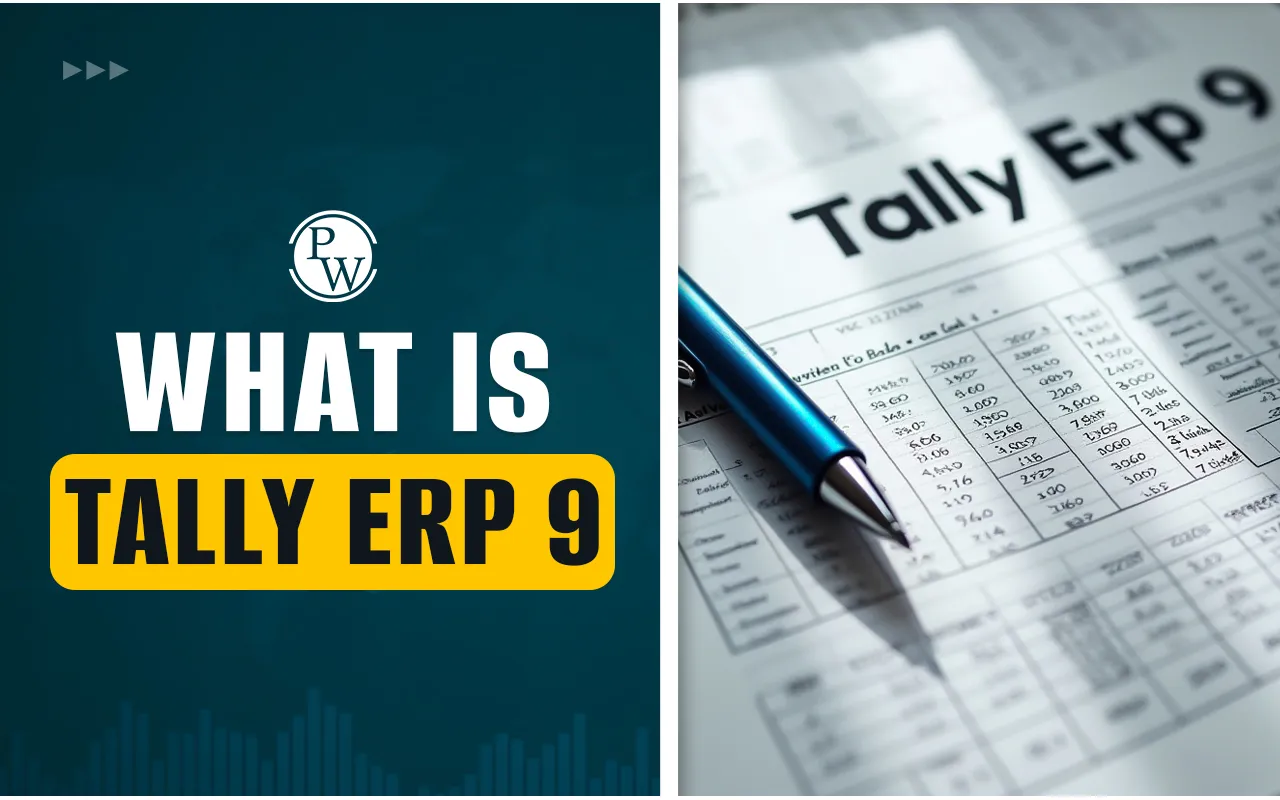

Mutual Fund Prospectus: When considering investments, few documents are as crucial as the Mutual Fund Prospectus. For any mutual fund investor, this document acts as a roadmap to understanding a fund's structure, strategies, goals, and potential risks. However, many new and even seasoned investors find themselves overwhelmed by its size and terminology. This article aims to simplify the mutual fund prospectus and explain why it deserves every investor's careful attention.
What is a Mutual Fund Prospectus?
A mutual fund prospectus is a comprehensive disclosure document provided by the fund company. It outlines essential details about the mutual fund, such as its investment objectives, strategies, risks, historical performance, fees, and fund management. Essentially, it serves as a contract between the mutual fund investor and the fund itself, setting clear expectations on how the money will be managed.
The document can be obtained through several channels—via the fund's website, email, mail, through a financial advisor, or even from the Securities and Exchange Commission (SEC) website. Understanding what is a mutual fund prospectus is the first step in making informed investment decisions.
Why the Mutual Fund Prospectus Matters
Mutual fund prospectuses are not just legal formalities; they are critical resources for investors. These documents allow a mutual fund investor to assess whether a particular fund aligns with their investment goals and risk tolerance. Despite the legal language and financial jargon, the value of a mutual fund prospectus lies in its transparency.
Whether you are investing for long-term capital growth or stable income, the prospectus helps match your financial goals with the fund's objectives and strategies. It's your gateway to understanding how the fund will operate.
Also Check: Investing in Mutual Funds
Key Sections of a Mutual Fund Prospectus
Let’s check the essential sections of mutual fund prospectuses and how each serves the investor:
1. Investment Objectives
This section defines what the fund aims to achieve whether it's capital appreciation, income generation, or a balanced combination. Understanding this helps determine whether the fund's purpose aligns with your own.
2. Investment Strategies
Here, the prospectus explains the approaches used to achieve its objectives. It covers asset allocation, industry focus, use of derivatives, and other tactics. A mutual fund investor must analyze this section to understand how aggressively or conservatively their money will be managed.
3. Risks Associated with the Fund
No investment is risk-free. This section highlights potential threats, including market volatility, credit risks, and currency fluctuations. It’s essential to gauge how these risks fit into your overall portfolio and tolerance level.
4. Historical Performance
While it’s true that past performance doesn’t guarantee future outcomes, historical data can give insights into the fund's consistency and resilience during different market conditions. Always read this section critically and assess performance relative to an appropriate benchmark.
5. Fees and Expenses
The costs associated with a mutual fund can significantly impact your net returns. Prospectuses provide detailed breakdowns of expense ratios, entry and exit loads, and other charges. As a mutual fund investor, understanding this helps you weigh the cost-effectiveness of your investment.
6. Distribution Policy
This part explains how returns (dividends, capital gains) are paid out or reinvested. If you prefer receiving regular income or prefer automatic reinvestments, the distribution policy gives clarity.
7. Fund Management
Fund managers' experience and track record play a critical role in a fund’s performance. Mutual fund prospectuses include the manager’s background, tenure, and other relevant information to help investors judge managerial competence.
Also Check: Money Market Funds
Understanding Mutual Fund Prospectuses Efficiently
Given the length and density of these documents, the key to tackling mutual fund prospectuses is to focus on the sections that matter most. These include investment objectives, strategies, risks, and fees. Utilize glossaries often found in the document or refer to financial websites to clarify complex terms.
To make better sense of what a mutual fund prospectus is, consider comparing multiple prospectuses side by side. This exercise can sharpen your ability to spot critical differences and identify funds that align closely with your preferences.
Common Misconceptions
Many investors assume that a higher past return automatically means a better investment. This is a flawed approach. Markets are dynamic, and past performance is just one of many aspects to consider. Moreover, high returns often come with increased risk a factor clearly outlined in the mutual fund prospectus.
Another misconception is to overlook the fund manager's tenure. A fund with excellent historical performance might now be managed by someone new. Understanding who is currently managing your money is as important as reviewing how it has performed in the past.
Mutual Fund Prospectus as a Legal Document
It’s important to remember that the mutual fund prospectus is a legally binding agreement. It ensures that the fund and the investor are on the same page. For this reason, fund companies are obligated to keep the information accurate and updated. This adds an extra layer of protection for the mutual fund investor.
Also Check: What Is a Deposit?
The Role of Advisors
If navigating mutual fund prospectuses feels overwhelming, don’t hesitate to seek help from a financial advisor. They can break down complex information and help you interpret the document in the context of your financial plan.
While it might seem like a cumbersome read, the mutual fund prospectus is one of the most powerful tools available to investors. It is your window into the fund’s mission, strategies, and operations. You empower yourself to make informed and confident investment decisions by thoroughly understanding it.
If you're a mutual fund investor, consider it a best practice to review mutual fund prospectuses thoroughly before investing. Not only does it enhance your financial literacy, but it also ensures that your hard-earned money is aligned with your investment goals.
In summary, understanding what is a mutual fund prospectus and learning how to read mutual fund prospectuses can make a significant difference in your investment journey. Knowledge, after all, is the most valuable asset you can invest in.
Start with PW Stock Market Courses for Beginners
If you’re serious about a stockbroking career, start by building your financial market foundation with PW Stock Market Courses for Beginners. These courses are tailored for aspiring brokers and cover everything from basic stock market concepts to advanced trading strategies. Investing in your education today can significantly impact your stockbroker's salary tomorrow.
PW Stock Market Courses for Beginners provides video sessions, interactive quizzes, and practical trading insights that prepare you for real-world challenges. It’s the perfect launchpad for anyone looking to enter the financial markets and build a lucrative career.
Mutual Fund Prospectus FAQs
What is a Mutual Fund Prospectus, and why is it important?
How can I access a Mutual Fund Prospectus?
What should I look for in a Mutual Fund Prospectus?
Does past performance in a Mutual Fund Prospectus guarantee future returns?













